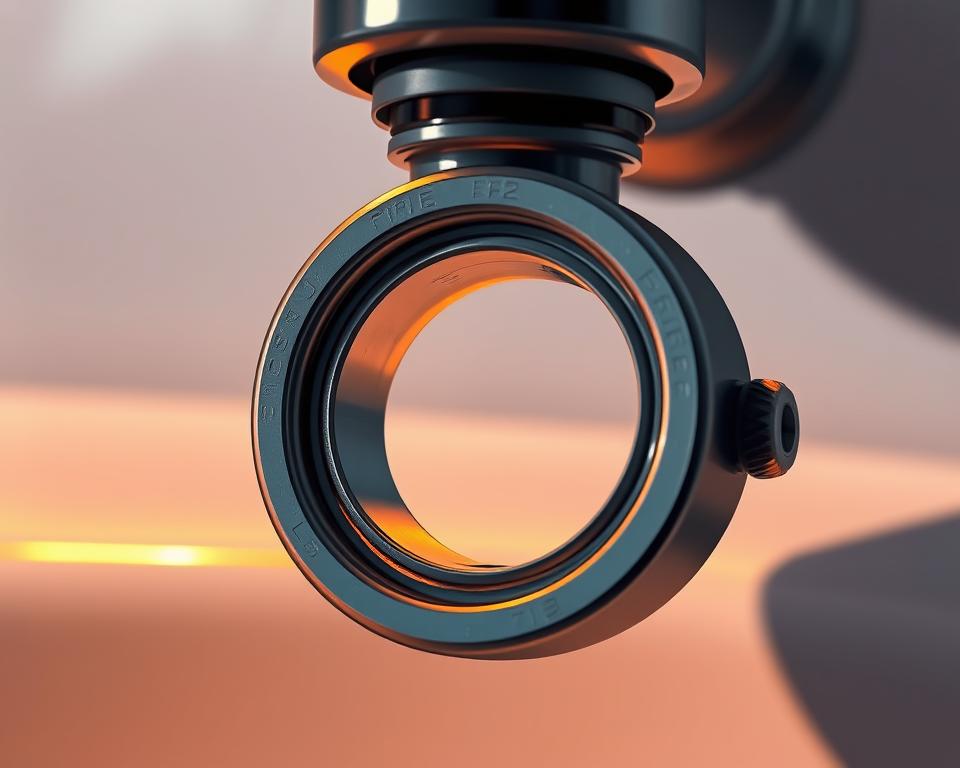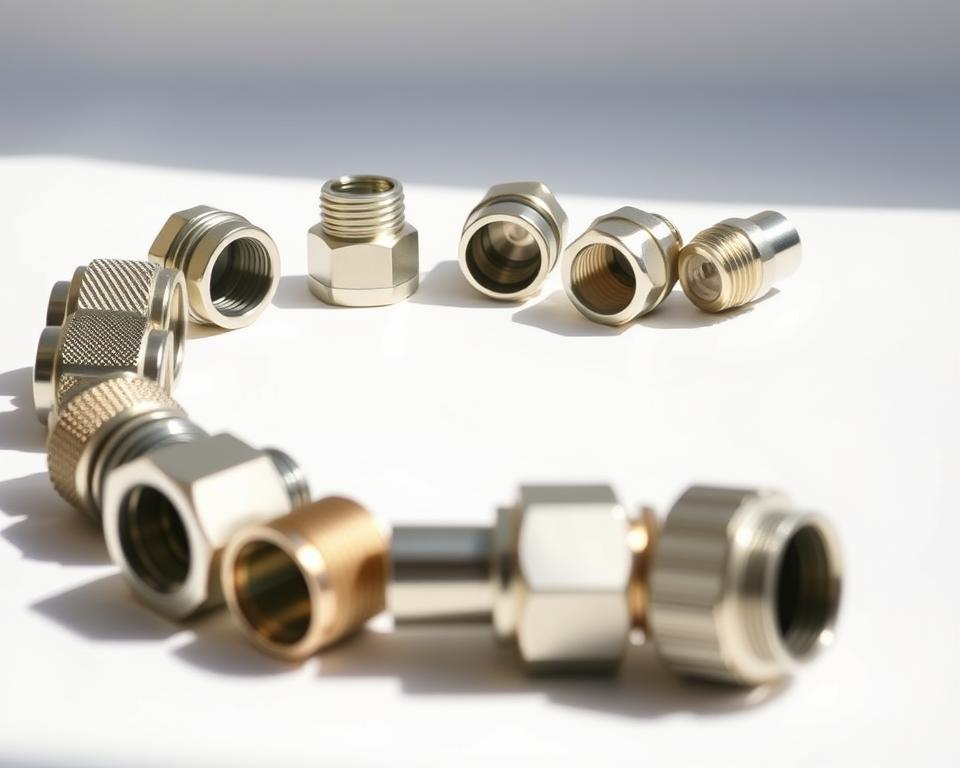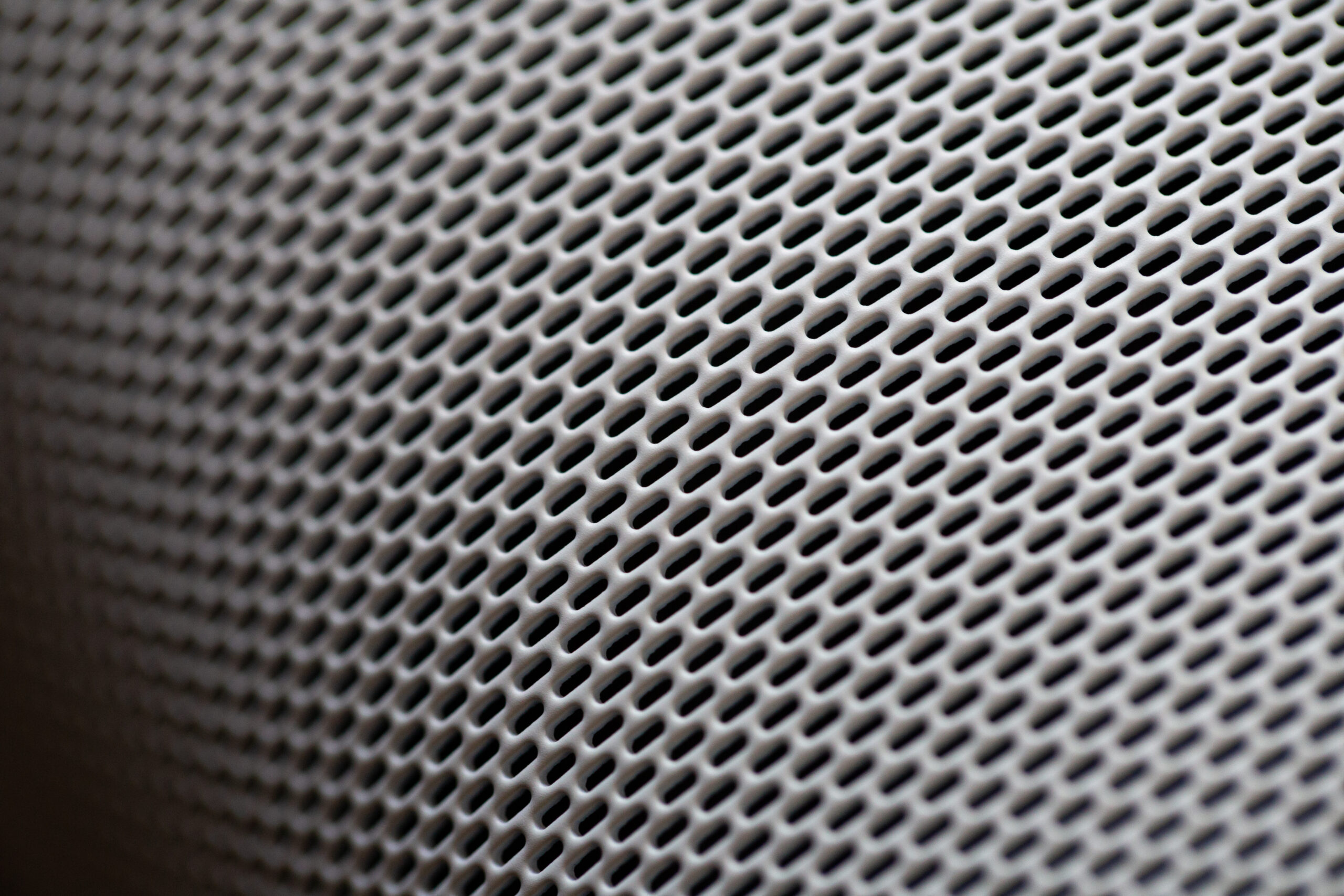DIY Faucet Valve Seat Replacement Guide
Did you realize a dripping faucet can squander more than 3,000 gallons yearly? It’s enough to top off a small pool! A quick parts swap saves cash and water—no pro plumber required.
We’ve simplified the repair process. With the right tools and parts from Installation Parts Supply, you’ll stop leaks fast. Avoid expensive service calls and live leak-free with seat washer faucet.
Use our detailed steps for a hassle-free repair. Quality materials ensure lasting results, and you’ll gain confidence tackling future projects.
Critical Findings
- Drips spike water costs—simple repairs save both water and money.
- Self-repairs cost far less than service calls.
- Durable components from reliable sources last longer.
- Basic tools and clear guidance suit any skill level.
- Regular maintenance extends the life of your fixtures.

The Importance of Replacing Faucet Valve Seats
A tiny leak feels minor—until it causes major issues. Deteriorated parts drain water, raise costs, and threaten your home. Early repairs cut costs and maintain smooth operation.
Spotting a Faulty Valve Seat
Look out for:
- Persistent drips even with the faucet off.
- Variable water pressure and uneven spurts.
- Visible rust or pitting on metal parts.
Kitchen drips hinder cooking and leave unsightly marks. Timely action prevents bigger headaches.
Why Wear Causes Drips
Mineral deposits and constant friction wear down parts over time. Tiny gaps form and water starts seeping out. Valve seat corrosion, if unaddressed, can destroy the unit.
Count on Installation Parts Supply for robust parts. Their parts resist buildup, ensuring a tight seal and lasting performance.
Quick leaking faucet repair protects your home and conserves water—up to 3,000 gallons yearly!
What You Need
The right kit makes for a durable, leak-proof repair. From minor drips to stubborn leaks, proper gear speeds the job. Here’s what to gather before you start.
Tools You Need
Essential plumbing tools:
- Adjustable wrench for nuts and fittings.
- Seat wrench: Removes worn seats efficiently.
- Screwdriver set: For handle and cartridge screws.
- Needle-nose pliers for tight spots.
A grinding tool helps smooth out rough seats. A faucet repair kit with seats, washers, and O-rings covers most replacements.
Where to Buy Quality Parts
Avoid cheap parts that fail fast. Installation Parts Supply offers durable, compatible components nationwide. Their repair kits bundle all necessary parts plus guidance.
| Essential Tools | Extras |
|---|---|
| Adjustable wrench | Seat grinding tool |
| Valve-seat remover | Torch (for stubborn parts) |
| Faucet repair kit | Tubing cutter |
Good tools and parts save repeated trips. You’ll avoid repeat repairs and enjoy a drip-free home for years.
Valve Seat Replacement Steps
Stop wasting water with this simple DIY fix anyone can master. Newbies and experts alike will find this guide clear. Grab your gear and begin.
Step 1: Turn Off Water & Disassemble
Shut off water by turning the supply valves clockwise. Open the handle to drain remaining water. Remove the handle screws, then back out the retaining nut with your wrench.
Pro Tip: Label parts with tape to simplify reassembly. Installation Parts Supply offers anti-rust nuts for long-term durability.
Step 2: Extract the Worn Seat
Check for buildup and wear. Insert your seat tool into the old seat and twist CCW. If stuck, spray penetrating oil and let it soak for 10 minutes.
| Typical Issues | Fixes |
|---|---|
| Seized seat | Use heat (carefully) or a locking plier |
| Stripped threads | Swap out the housing assembly |
Step 3: Insert Replacement Seat
Wire-brush the hole to clear corrosion. Position the new *replace valve seat* from *Installation Parts Supply* and tighten by hand. Tighten carefully to avoid stripping.
Step 4: Put It Back Together & Test
Put everything back together in reverse. Turn the water back on slowly. Watch for any leaks—snug fittings a bit more if needed. Master this fix to conserve water and cash!
Conclusion
Your household benefits from dependable, long-lasting fixtures. Fixing worn parts early saves water, cuts bills, and prevents costly damage.
Follow these directions and you’ll succeed on your first try. Count on Installation Parts Supply for parts that withstand wear.
Incorporate these maintenance habits: yearly washer checks and tightening loose parts. Small efforts now avoid big repairs later.
Ready to put your skills to work? Grab your tools, follow the steps, and enjoy a drip-free home today!


